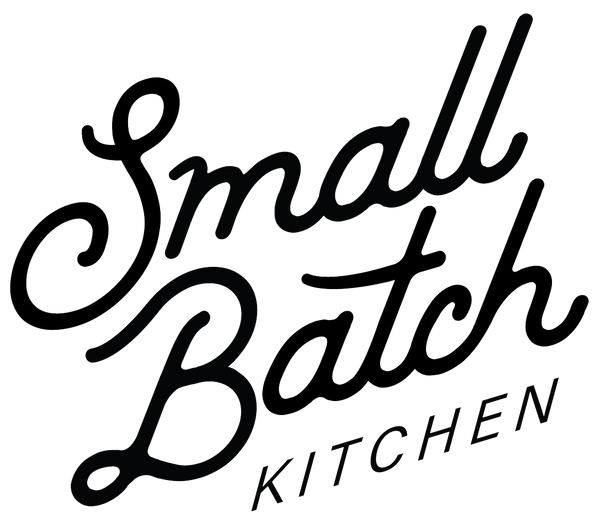I love being outside, enjoying my garden and the sunshine, watching the bees and the birds. Winter is hard for me - the days are short, it always seems to be dark out, and it's cold - sometimes bitterly cold. December is easy to get through with all of the holiday and year end craziness, but I start to go a little stir crazy in January and February. Spring seems so far away.

The one thing that keeps me sane, is that January and February are when seed and plant catalogs start showing up in the mailbox. Just seeing all the fruits, vegetables, and flowers warms my heart and gets me ready to dig in the dirt.
In the years past, I've caved into these catalogs and gone way overboard. Part of it was that we were seriously building up and expanding our plantable area. Adding new raised beds, orchards, berry patches, meadows every year for the past 6 years. I've started slowing down a bit and this year, one of my resolutions is to not go overboard in planning. I also plan to use that shoebox full of extra seeds this year!
So, here are a few tips and lessons learned if you are planning your own garden!
1. Keep records.
This is one thing you can keep simple, or go nuts with. We keep it simple - tracking two main things.
1. Where we plant each year. It's really simple. I sketch out the beds we are using, and just label either the full or half bed with what we are planting. This really streamlines the veggie bed planning every year, because we try to stick to recommended vegetable rotations.
2. Harvest Weights. We could get crazy with this, weighing each different tomato or pepper variety, but mainly we just weigh "Tomatoes", "Peppers", "Garlic", etc. This really shows us what we are good at growing. We've really cut back on things that haven't produced well. I'll try anything two years in a row. Maybe three if it's on the fence after two years. After that - I scrap it.
2. Grow what you like.

When we first started our garden, we planted too many things. I planted a few zuchinni, yellow squash, cucumber, tomatoes, peppers, onions, pumpkins, gourds, brocolli, corn. You name it, we've tried it. And we've also discovered a few things.
1. We grow AMAZING tomatoes and peppers. I can ignore those guys and they still massively produce tasty fruit for us. Here's where we note the veggies that are particularly tasty that we can't live without. Like, our favorite pepper varieties that are both high yielding and the perfect amount of heat - or those yellow tomatoes we were stuffing and eating for dinner every week.
2. I don't like yellow squash or zuchinni. I eat maybe three of these a season (I just don't like the texture). Even though I don't really like them, I grew them for 3 years. Now, I'll buy these from my local farmer when I have a taste for them, or trade with a neighbor instead of giving up prime garlic and onion space.
3. Grow things that can easily be preserved. I love canning (obviously) but when all the tomatoes have decided they are going to ripen the day before we are going on a 4 day trip - Canning just isn't in the cards. So, that's when we pull out the big food mill - quickly peel and seed the tomatoes and FREEZE the pulpy juice. It makes beautiful sauce or chili in the winter when you have more time to mess with it. Same with peppers. Even whole peppers freeze great. And you can slice them right out of the freezer (if you wait til they are thawed, they'll be a little mushy) and add to your chili or sauce or soup. We also grow garlic and onions that have a decent shelf life.

3. Incorporate extras into your flower beds or use pots.
We have 8 4'x8' raised beds, a large raised herb garden, and designated beds for blueberries, strawberries, and brambles (black and raspberries). These locations have our prime growing soil and get first dibs on fresh compost in the spring, so those 8 beds are for our primary veggies (tomatoes, peppers, garlic, onion, beans (our rotation plant). The herb garden is dedicated to mostly perennial herbs and horseradish.
I like growing other things, like snap peas, gourds and pumpkins for fall decorating, sunflowers, edible flowers like Nasturtium, and annual herbs. These, I sprinkle throughout my flower garden. Nasturtium looks great along a bed as an edging plant. Gourds and sweet peas get trained up the teepee trellis. Sunflowers are planted along the fence. When we first moved to the house, and I hadn't sold my husband on a vegetable garden yet, I planted my tomatoes and peppers in the flower gardens, too.
We also like to grow potatoes and yams, but we plant these in large pots. I plant basil in small colorful pots that I can use to fill in areas or place on our patio. I also pot my mint and set it on a plant stand in the garden.
Those are my main planning tips for vegetable planning. But here's my last tip.
Stick to what you grow well, what you use, and what you love - but don't be afraid to experiment. If you want to try that new variety of eggplant, or take a stab at cauliflower or brocolli - give it a try with a few plants! The worst thing that can happen is nothing, and you can just file that information to use when you are planning next February!







